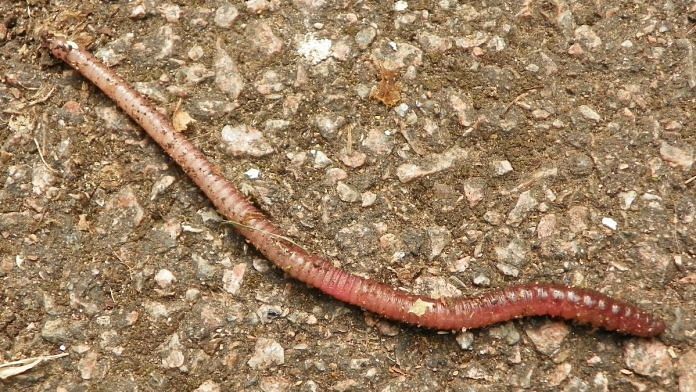An unexpected source of CO2 release: Earthworms churning up the soil
A new ecological disruptor is changing how we understand carbon dioxide balance in the atmosphere. In the Taiga, the northernmost forest around the North Pole that is also the world’s largest biome, earthworms are making a sudden appearance. The worms came to this part of the world over 10,000 years ago and were frozen during the ice age. Thanks to modern activity, they’re now awakening and churning the soil, further releasing vast amounts of carbon dioxide into the atmosphere. More on NYT.
Also read: CO2 in atmosphere hit new high this May but scientists at Exxon saw it coming decades ago
Strange seismic waves from last year finally have an explanation
This time last year, at an island between mainland Africa and Madagascar, thousands of earthquakes suddenly started occurring. Along with this, a baffling low-frequency rumble moved around the world, tripping off sensors everywhere. For a year, we didn’t know what set these unusual waves off. Now, at last, we have discovered that the waves came from an underwater volcano that was just being formed, about 50 km off the small island. It is 5 km underwater, over a km high, and nearly 7 km wide. More on NatGeo.
Icy body Pluto could have liquid oceans
The more we explore the solar system, the more we find out that liquid water is not that unusual after all. New research has shown that, under a hard shell of nitrogen ice, Pluto might actually hold oceans of liquid water separated from the surface by an ice matrix called a gas hydrate layer: A solid ice-like structure of water that has gas trapped in it, acting like an insulator to keep the subsurface water liquid. If confirmed, the findings may offer an explanation to tectonic features visible on the dwarf planet. More on Extreme Tech.
Found on Mars’ north pole, enough water to submerge the planet
Speaking of water, astronomers have used ground-penetrating radar to detect a large reservoir of frozen water that is meshed between layers of sand, underneath the northern ice cap on our red neighbour. There is so much water underground, the researchers say, that “it would submerge the entire planet” if brought to the surface. The layers of ice and sand are like ice core readings on Earth, occurring because of the expansion and retreat of polar ice over thousands of years. More on Gizmodo.
Baby snakes born in aquarium with no males
Two new baby anacondas were born at the New England aquarium in Boston, US, without the involvement of a male snake — in probably only the second such known case among green anacondas. Anacondas don’t lay eggs, and instead bear live young. A la Jurassic Park, the female that birthed these snakes underwent “parthenogenesis”, where a creature either clones itself for reproduction or through unfertilised eggs that are “fused with other cells from the mother that aren’t normally used for reproduction”. The aquarium has observed the same phenomenon in sharks as well. More on WGBH.



